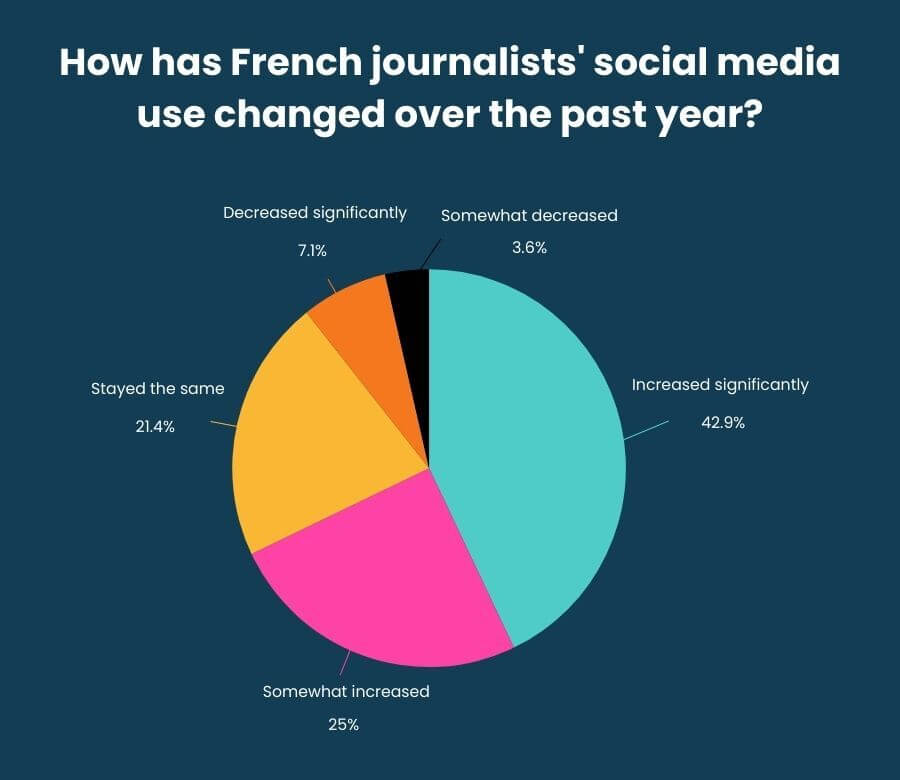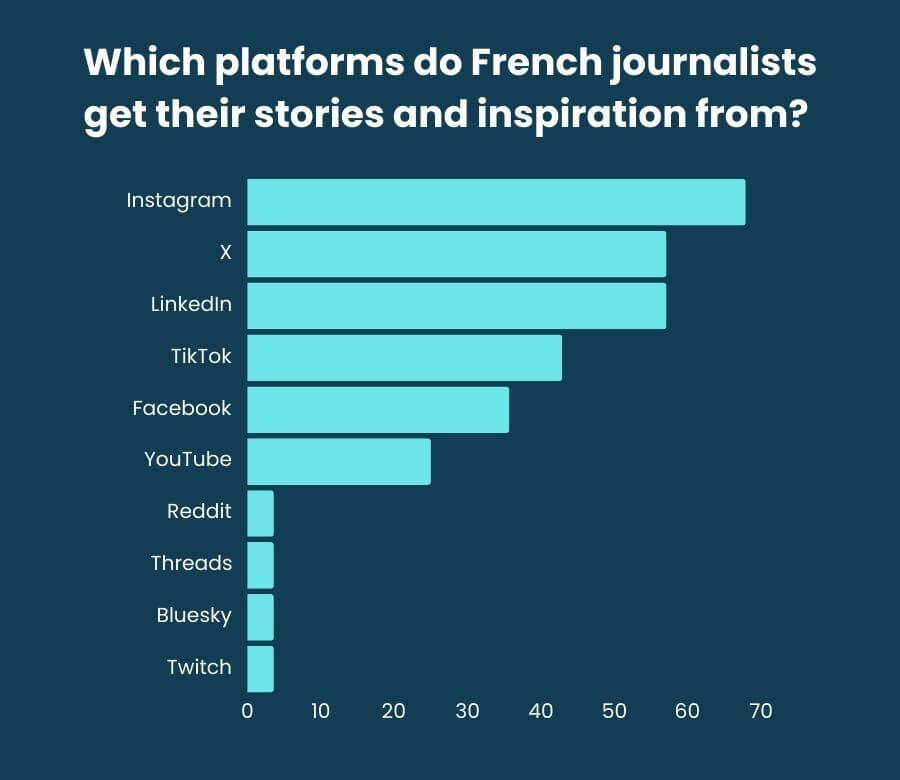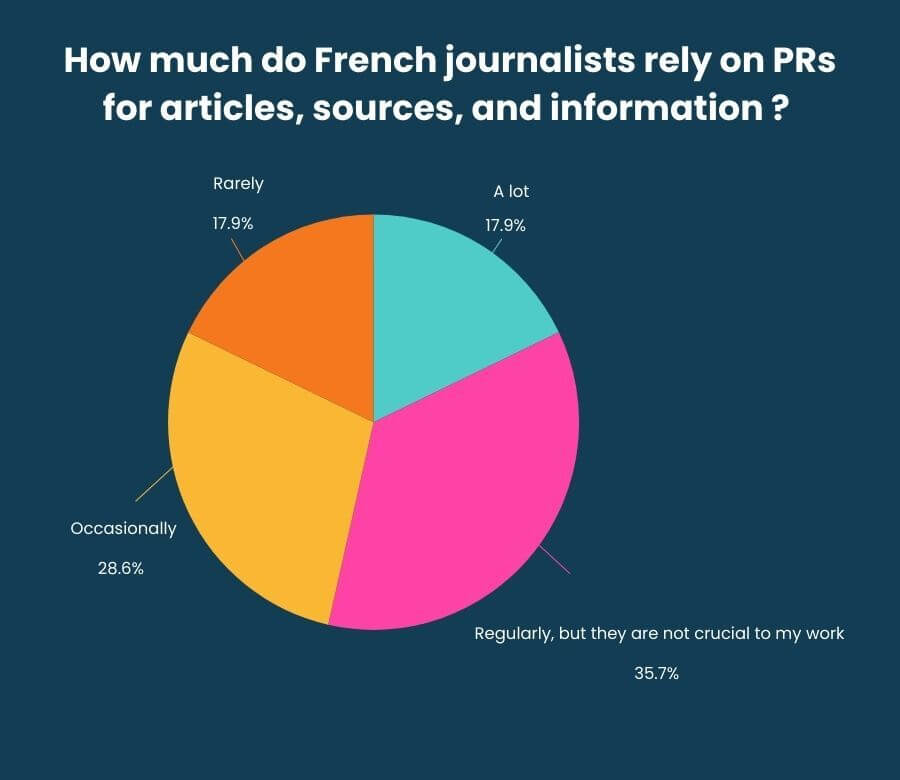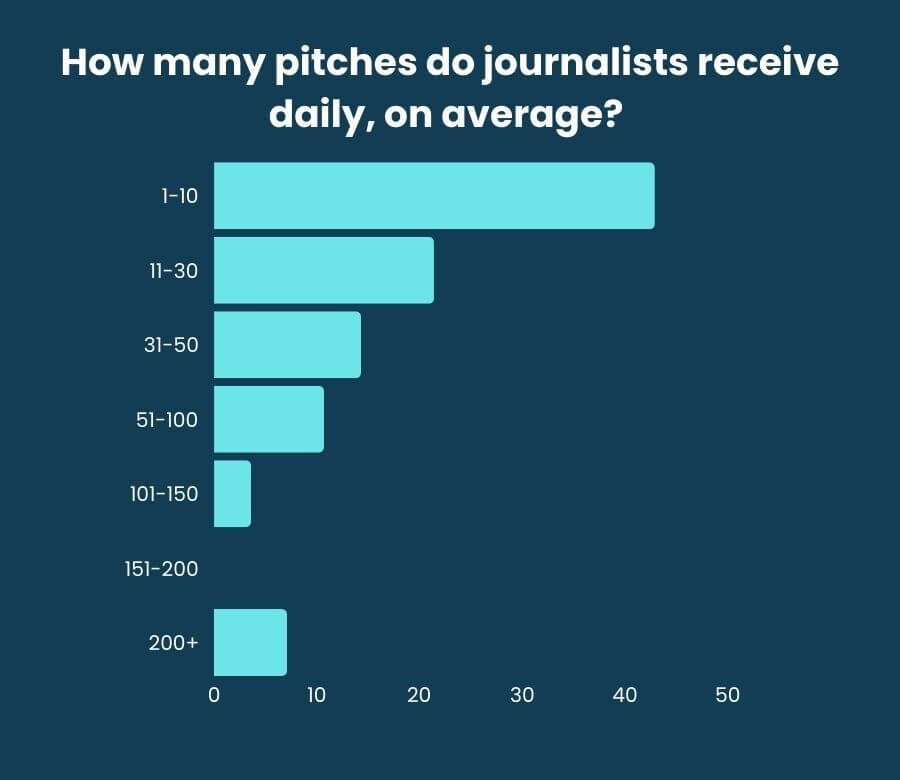State of Journalism in France Survey Part 1
How do I tap into the French media landscape?
Can I land national coverage by following the exact same steps as I do in the UK?
Why is every French journalist ignoring my emails?
These are some of the many questions that all digital PR professionals ask themselves when starting in the French market. As we looked into in our last blog on digital PR in France, the industry across the Channel is still very much in its infancy. Just as businesses are more hesitant to take on digital PR support, journalists have far less experience engaging with PR professionals, and are not as used to receiving ‘typical’ PR content from brands.
To help uncover the answers to some of the industry’s biggest questions when it comes to tackling the minefield that is the French media landscape, we launched our ‘State of Journalism in France 2025’. We surveyed journalists across some of France’s leading publications, from the likes of Condé Nast, Top Santé, Femme Actuelle, Nord Littoral, and Le nouvel Economiste, to find out:
- Their reliance on PR professionals for sourcing content
- How social media has impacted their work
- Their dream pitches and PR pet peeves
- What they wish PR professionals did better
In this article, we will set the scene on what journalism in France looks like for a PR team and how the landscape is showing a slow, but growing, shift towards the journalism-PR relationship that we have in the UK.
Social media takes centre stage in the newsroom
As it has in the UK, the exponential rise of social media has directly impacted how news is absorbed in France, both by consumers and journalists.
Despite print press still having a monopoly on the French news landscape, social media, as a source of information and inspiration, has become commonplace for French journalists.
More than 2 in 5 journalists (42.9%) revealed that their use of social media has increased significantly over the last year, with a further quarter having somewhat increased their reliance on social platforms.

With a clear growing reliance on social media in French newsrooms, knowing where journalists are sourcing information for their articles can be a sure way for digital PR teams to pick up on the most relevant trends and headlines. Consuming the same news as your target journalists will put you in good standing for sending them the exact content they are on the hunt for.
According to our respondents, Instagram takes the gold for the most utilised social platform for researching or discovering article ideas, with over two-thirds (67.9%) taking advantage of it. X and LinkedIn closely follow Instagram at 57.1% respectively, with TikTok and Facebook both being leaned on by over a third of French journalists.

TIP: As journalists begin using social platforms more and more for their inspiration, it has become even more important for digital PRs to use these media as a search engine for their campaign ideas. Being right where your client’s target audience is consuming will help you achieve maximum relevancy with your stories.
There is a slowly growing relationship between PRs and journalists
As we know and love as digital PRs in the UK, journalists across the British media landscape are, more often than not, very open to receiving content from PR professionals. Our relationships with journalists are a huge part of what we do.
In France, journalists are gradually warming to PR-produced content, but there is still a hesitation that we, as PRs, need to be mindful of. Only 18% of journalists in France frequently lean on their PR contacts for stories, experts, and insights. A further 36% do leverage their PR relationships, but admit they are not essential to getting stories produced and published. Unlike in the UK, 18% rarely use PR professionals and independently source and produce their stories.

Fewer publications and PR-reliant journalists
A smaller reliance on PR professionals for journalists might seem like a limitation, but it offers up a huge opportunity for PRs. We regularly hear UK journalists talking about the 200+ PR emails they receive on a daily basis, and finding ways to get our pitches seen is at the core of what we do.
Whilst this holds true in any market, the inboxes of French journalists are far less saturated with PR-forward content. Although they tend to be less reliant on PRs for articles than we would like, the removal of hundreds of competing PR teams gives us a far more direct path to the top of inboxes.

With more than 2 in 5 journalists (43%) receiving only 1-10 pitches a day, on average, and a further 21% not surpassing 30 a day, it’s clear that cutting through the noise is not as much of a challenge as it is in the UK. Journalists are less swamped with very similar PR pitches, so the likelihood of getting your press release or comment seen is much higher.
Does this mean you’re more likely to land coverage in France? Unfortunately not.
In fact, as we’ve looked at before, credible content and data are even more important when pitching to journalists in France, despite there being less competition. Although it may reach the top of a journalist’s inbox, the quality of your content has to be consistently high to even get a response.

Almost half of our respondents (46.4%) revealed that they rarely respond to pitches from PRs – this perfectly underlines how much the relationship between journalists and digital PRs is in its infancy in France.
Journalists will be very used to receiving highly branded content for sponsored or guest posts, but the notion of happily publishing content from a PR on an organic basis has a long way to go before it reaches what it is in the UK.
TIP: 35.7% respond to PR pitches around half the time, and a further 10.7% usually reply. Identifying the publications, niches, and particular journalists that are receptive to classic PR content will come with practice, but regional publications and lifestyle editors are often a reliable avenue to go down.
So now we know what the media landscape looks like in France for a PR entering the market, but how can we break this down into tangible actions for teams looking to land top-tier coverage across the country for your clients?
Part 2 of this survey will look into the ins and outs of a perfect pitch to French journalists:
- The features of a dream pitch
- Journalists’ biggest pet peeves that will make them instantly reject an email
- How and when to contact journalists
- What journalists wish PRs did better
Find out more about our French digital PR offering at Distinctly.



